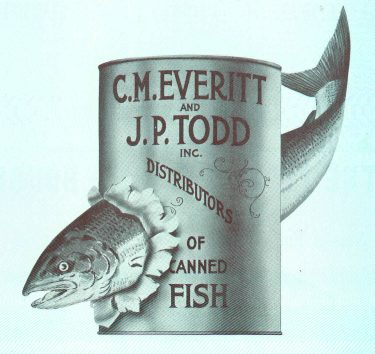
Alaskan waters are a critical fishery for salmon. Complex marine food webs underlie and sustain this fishery, and scientists want to know how climate change is reshaping them. But finding samples from the past isn’t easy.
“We have to really open our minds and get creative about what can act as an ecological data source,” said Natalie Mastick, currently a postdoctoral researcher at the Peabody Museum of Natural History at Yale University.
As a doctoral student at the University of Washington, Mastick investigated Alaskan marine food webs using a decidedly unorthodox source: old cans of salmon. The cans contained fillets from four salmon species, all caught over a 42-year period in the Gulf of Alaska and Bristol Bay. Mastick and her colleagues dissected the preserved fillets from 178 cans and counted the number of anisakid roundworms — a common, tiny marine parasite — within the flesh.
The parasites had been killed during the canning process and, if eaten, would have posed no danger to a human consumer. But counting anisakids is one way to gauge how well a marine ecosystem is doing.
“Everyone assumes that worms in your salmon is a sign that things have gone awry,” said Chelsea Wood, a UW associate professor of aquatic and fishery sciences. “But the anisakid life cycle integrates many components of the food web. I see their presence as a signal that the fish on your plate came from a healthy ecosystem.”
The research team reports in a paper published April 4 in Ecology & Evolution that anisakid worm levels rose for chum and pink salmon from 1979 to 2021, and stayed the same for coho and sockeye salmon.
Read more at UW News »
